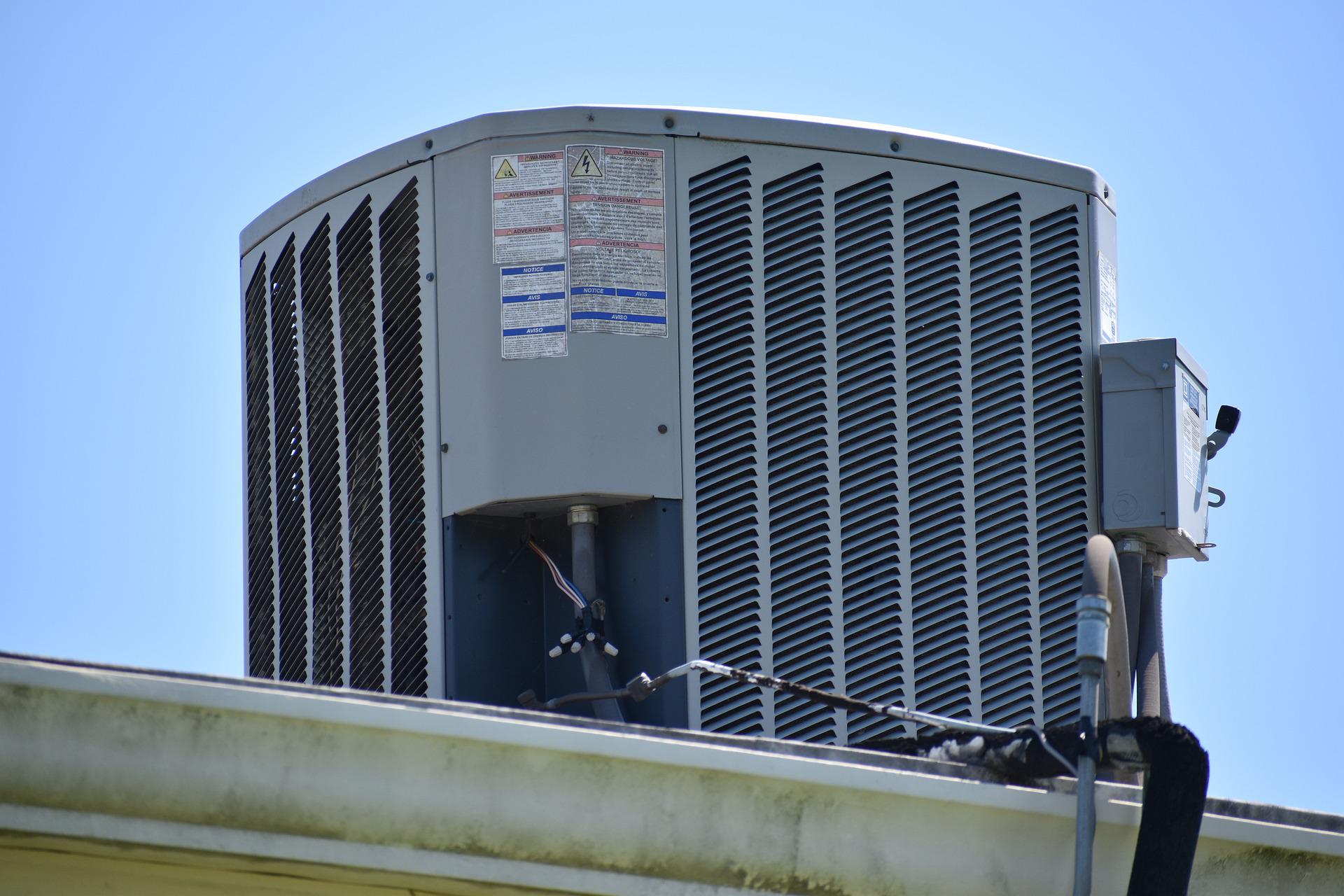10 Ways to Shrink Your Carbon Footprint and Your Energy Bill with your HVAC System
10 Ways to Shrink Your Carbon Footprint and Your Energy Bill with your HVAC System
Ditch the heat and discover the secret to saving money while reducing your carbon footprint with these HVAC hacks!
Table of Contents
- Regular Maintenance and Tune-ups
- Upgrade to Energy-Efficient Systems
- Implement Smart Thermostats and Zoning
- Insulation and Sealing
- Natural Ventilation and Passive Cooling
- Embrace Renewable Energy Sources
- Utilize Energy Recovery Ventilators (ERVs)
- Avoid Blocking Vents and Radiators
- Set Reasonable Temperature Preferences
- Stay Informed and Educate Others
Climate change is a serious global issue affecting the well-being of our planet. Luckily, reducing your carbon footprint doesn’t have to be complicated or daunting. In fact, one area where you can make a significant impact is by optimizing your HVAC system for energy efficiency. By adopting sustainable practices and making small changes, you can actively contribute to the fight against climate change while also saving money on your energy bill. Let’s explore ten effective strategies to shrink your carbon footprint and reduce energy consumption with your HVAC system.
Regular Maintenance and Tune-ups
One of the simplest and yet most effective ways to reduce energy waste and carbon emissions is by scheduling regular maintenance for your HVAC system. By having a professional inspect and clean your heating and cooling equipment, you ensure that it runs at peak efficiency, minimizing energy consumption. Additionally, regular tune-ups prevent potential issues, avoiding costly repairs down the line that may lead to inefficient energy usage.
Upgrade to Energy-Efficient Systems
Consider upgrading your outdated HVAC system to a newer, energy-efficient alternative. Modern systems are designed with higher energy efficiency in mind, allowing them to consume less electricity while maintaining optimum heating and cooling. For example, geothermal heat pumps utilize renewable energy from the ground to heat and cool your home, significantly reducing your carbon footprint. You might also explore solar-powered HVAC systems, which harness the power of the sun’s energy and offer long-term savings.
Implement Smart Thermostats and Zoning
Installing a programmable or smart thermostat is an intelligent investment that pays off in multiple ways. These thermostats can be programmed to adjust the temperature settings automatically, ensuring optimal comfort when you are home and reducing usage when you are away. By optimizing heating and cooling based on your daily routine, you can decrease energy waste and lower your carbon emissions. Zoning is another technique that allows you to divide your home into different temperature zones, only conditioning the areas that need it, and avoiding unnecessary energy consumption.
Insulation and Sealing
A well-insulated home minimizes heat transfer, reducing the need for constant heating or cooling. Inspect your home and add insulation to areas such as walls, attic, and crawl spaces as needed. Proper sealing mechanisms, such as weatherstripping doors and windows or sealing air leaks, also play a vital role in preventing energy loss. By ensuring your home is properly insulated and sealed, you reduce the strain on your HVAC system, leading to lower carbon emissions and greater energy efficiency.
Natural Ventilation and Passive Cooling
Take advantage of natural ventilation whenever possible to reduce your reliance on air conditioning. Open windows during cool evenings or early mornings to let in fresh air and create a pleasant, natural airflow throughout your home. Additionally, consider implementing passive cooling techniques, such as shading your windows with awnings or utilizing reflective roof materials. These strategies help keep your home naturally cool, reducing the need for heavy air conditioning usage and decreasing your overall energy consumption.
Embrace Renewable Energy Sources
If you’re truly dedicated to shrinking your carbon footprint, consider investing in renewable energy to power your HVAC system. Solar panels, for instance, harness the sun’s abundant energy and convert it into electricity to power your heating and cooling needs. By utilizing clean, renewable energy sources, you actively contribute to reducing carbon emissions, promoting a sustainable future, and potentially even lowering your energy bill in the long run.
Consider upgrading your older AC system to a new, high-tech energy efficient HVAC system
Newer technology is here with today’s Air Conditioning, Heating and Heat Pump Systems that allow you to save a lot of energy while keeping your home at the highest comfort levels you’ve ever had. Today’s modern AC systems such as the Comfortmaker Ion variable speed systems can run at very low speeds to maintain your home’s temperature while using barely any power – the same system can run at very high speeds to cool or heat your home quickly when there’s a drastic temperature change outside. Older HVAC systems only have “on” and “off” functionality when it comes to controlling your home’s climate and this is why older HVAC tech uses a lot of energy.
For Commercial Buildings-Utilize Energy Recovery Ventilators (ERVs)
Energy Recovery Ventilators, or ERVs, are devices that exchange heat and moisture between the indoor and outdoor air. They capture the energy from conditioned air before it is vented outside, and use it to precondition fresh incoming air. ERVs help maintain a comfortable indoor temperature while minimizing energy loss, resulting in reduced HVAC usage and lower carbon emissions.
Ensure that there are no blocked vents anywhere in your home.
Blocked vents and radiators prevent the efficient distribution of heated or cooled air throughout your home. Ensure that furniture, curtains, or objects are not obstructing the airflow. By allowing air to circulate freely, you improve the efficiency of your HVAC system and maximize the comfort in your living spaces.
Set your thermostat consistently
Setting reasonable temperature preferences on your thermostat can have a significant impact on both your comfort and energy consumption. During the winter months, lowering your thermostat by just a few degrees can save energy, while a small increase in temperature during summer can reduce the cooling load. Finding a balance that is optimal for your comfort while considering energy efficiency allows you to reduce your carbon footprint without sacrificing your well-being.
Stay updated on the latest advancements in energy-efficient HVAC systems and sustainable practices. Educate yourself and others about the importance of reducing carbon footprints and the benefits of optimizing HVAC systems. Encouraging friends, family, and colleagues to join in shrinking their carbon footprints can have a ripple effect, making a collective impact on fighting climate change.
By implementing these 10 strategies, you can positively impact the environment by reducing your carbon footprint while also enjoying savings on your energy bill. Remember, even the smallest changes can make a significant difference when it comes to conserving energy and protecting our planet. Start taking action today and be a part of the solution. Air & Plumbing Today has friendly HVAC professionals who can run tests on your AC system efficiency and air balance to recommend things that can lower your energy bills and keep your AC-Heating system running smooth! Call us at 210-519-5959 today.

Our Offices
3615 Tavern Oaks San Antonio TX 78247
Call Us
Email Us
Hours
24/7 EMERGENCY SERVICE


Recent Comments